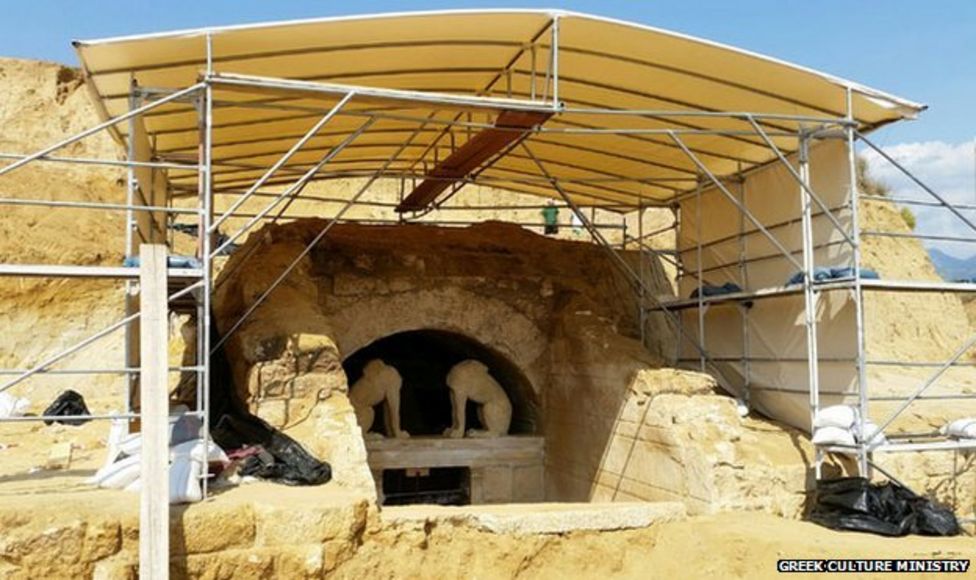A monumental burial site dating back to the fourth century BC, complete with headless sphinxes guarding its entrance, has archaeologists buzzing. Could this be the final resting place of Alexander the Great?

Discovered in 2014 near the village of Mesolakia in Eastern Macedonia, Greece, the Amphipolis tomb is already being hailed as one of the most significant archaeological finds of the 21st century. Its sheer scale is staggering: a 1,600ft perimeter wall dwarfs even the tomb of Alexander's father, Philip II.
A Tomb Fit for a King?
The sheer size and opulence of the Amphipolis tomb initially led to speculation that it belonged to Alexander the Great himself. However, experts now believe that Alexander's tomb is more likely located in Alexandria, Egypt, as historical records suggest.

Treasures Within
Despite this, the Amphipolis site remains an archaeological treasure trove. Two headless sphinxes stand sentinel at the entrance, while inside, archaeologists discovered:
- Two magnificent sculptures of female figures: With outstretched arms, these figures likely served as a symbolic warning to potential intruders.
- A 70m high burial mound: An estimated 250,000 cubic meters of sand were used to fill the mound.
- A main burial chamber constructed from massive stone blocks: This chamber yielded intriguing artifacts like nails from a wooden coffin, bone and glass decorations, and the remains of five individuals.
Unraveling the Mystery
Among the skeletal remains, archaeologists identified an elderly woman, two middle-aged men, and an infant who appears to have been cremated on site. The identities of these individuals remain a mystery, but their presence within the tomb points to its importance.
The Amphipolis tomb, remarkably well-preserved compared to other ancient sites, offers a unique glimpse into ancient Greek architecture and burial practices.
Open to the Public
Extensive restoration work is currently underway, and the site is scheduled to open to the public by 2028. This will allow history enthusiasts from around the globe to experience this groundbreaking discovery firsthand.
Who Was Alexander the Great?
Alexander the Great, the son of Philip II of Macedon, ascended to the throne at the age of 20. A brilliant military strategist, he led his armies on an unprecedented campaign of conquest, forging an empire that stretched from Greece to northwest India. Undefeated in battle, Alexander died at the young age of 32 in Babylon, leaving behind a legacy as one of history's greatest military commanders.

